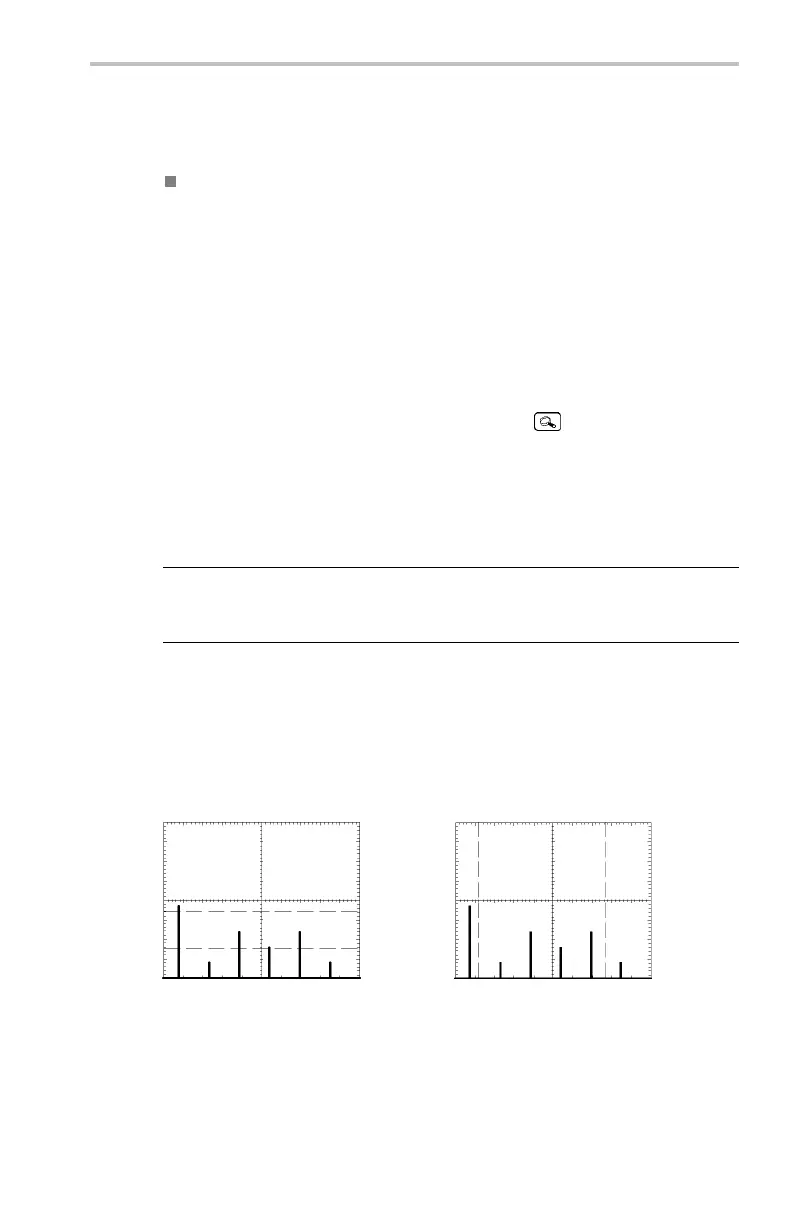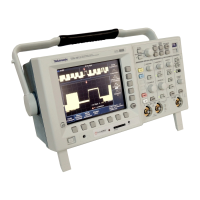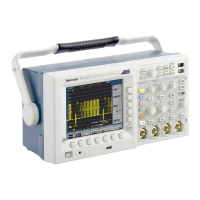Reference
The four logica
l comparison functions are AND, OR, NAND, and NOR:
The AND function means that if both signal logic states are true, the condition
is true, other
wise the condition is false.
The OR function means if either or both signal logic states are true, the
condition i
s true, otherwise the condition is false.
The NAND function means that if both signal logic states are true, the
condition i
s false, otherwise the condition is true. This function is the inverse
of the AND function.
The NOR fun
ction means if any or all of the trigger signal logic states are
true, the condition is false, otherwise the condition is true. This function is the
inverse of the OR function.
Remember that the logic function evaluates the logic states of two signals, and
that the logic state of each signal depends on whether they are set to high-true
or low-true logic.
For example, assume that you want to trigger the oscilloscope only when signal
one is low at the same time that signal two is high. Therefore you want to:
Set a threshold level that is appropriate for each signal.
Set signal one to be true when it is low (low-true signal logic).
Set s
ignal two to be true when the signal is high (high-true signal logic).
Trigger when both conditions are true (AND trigger logic).
Conventions for Logic and Pulse Trigger Types. This manual uses the following
conventions:
You cannot use any of the advanced trigger functions to arm B triggering.
You do not have to display a channel in order to use the channel as a trigger
source.
TDS3000C Series Oscilloscope User Manual 99

